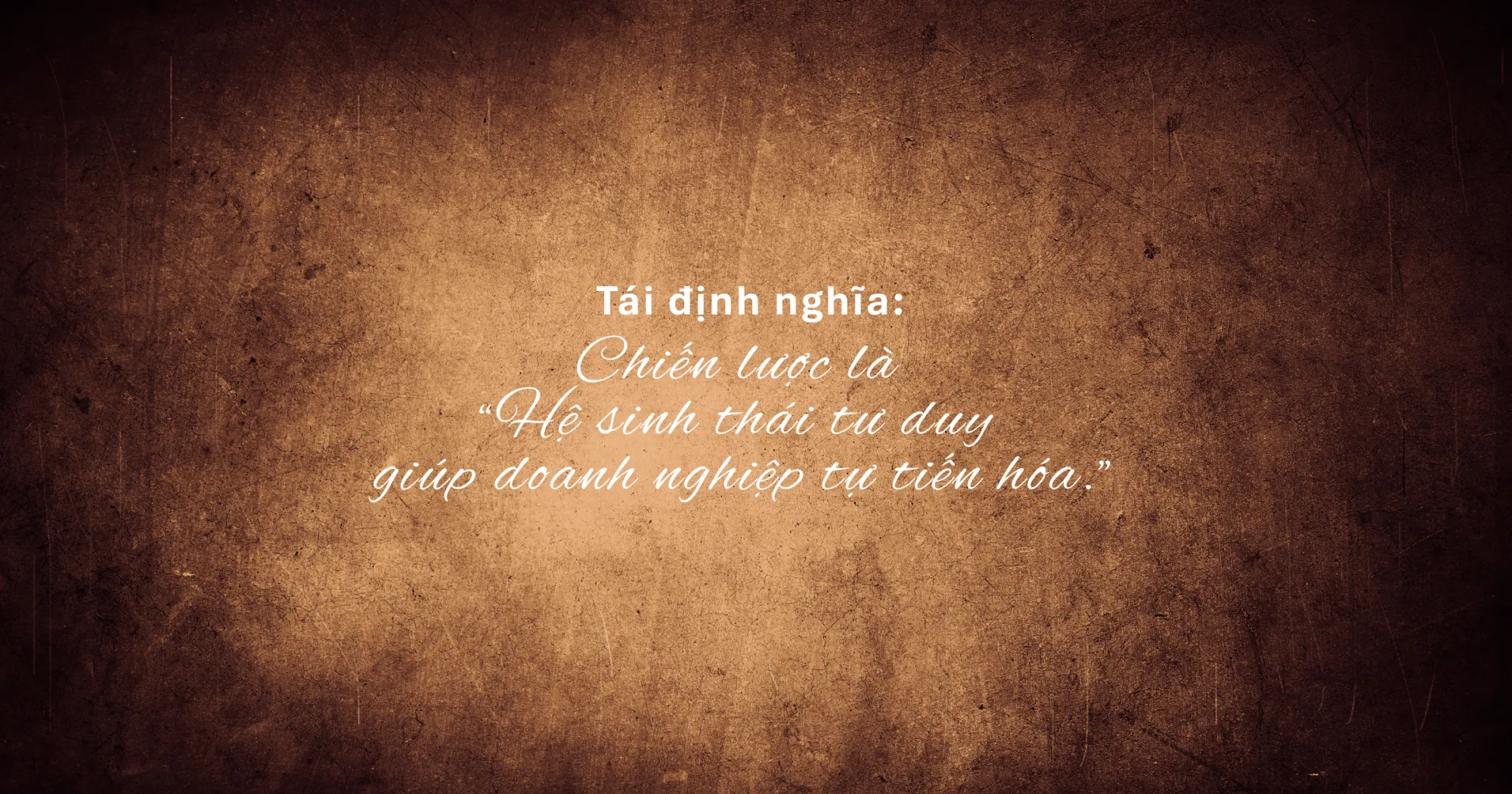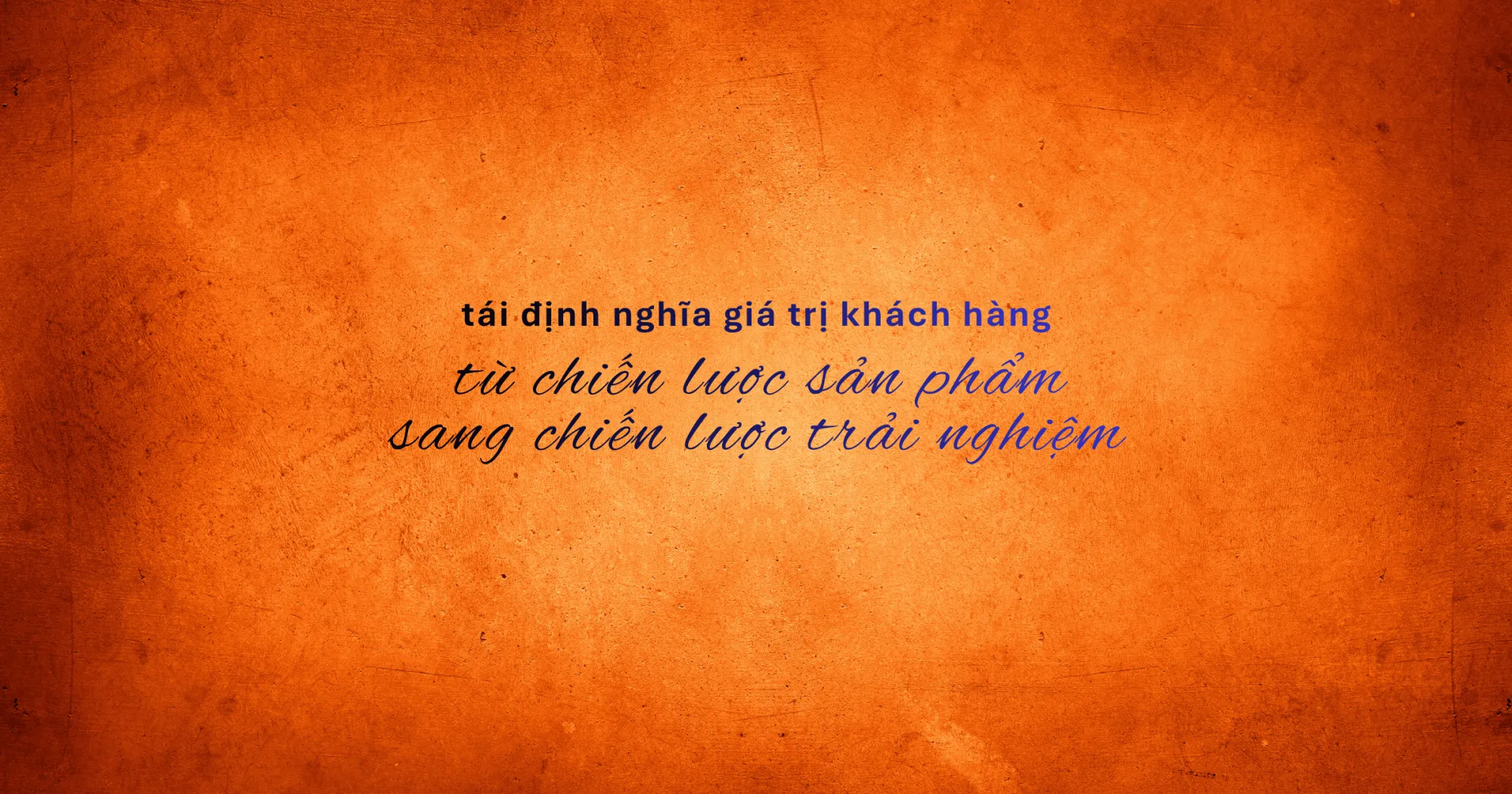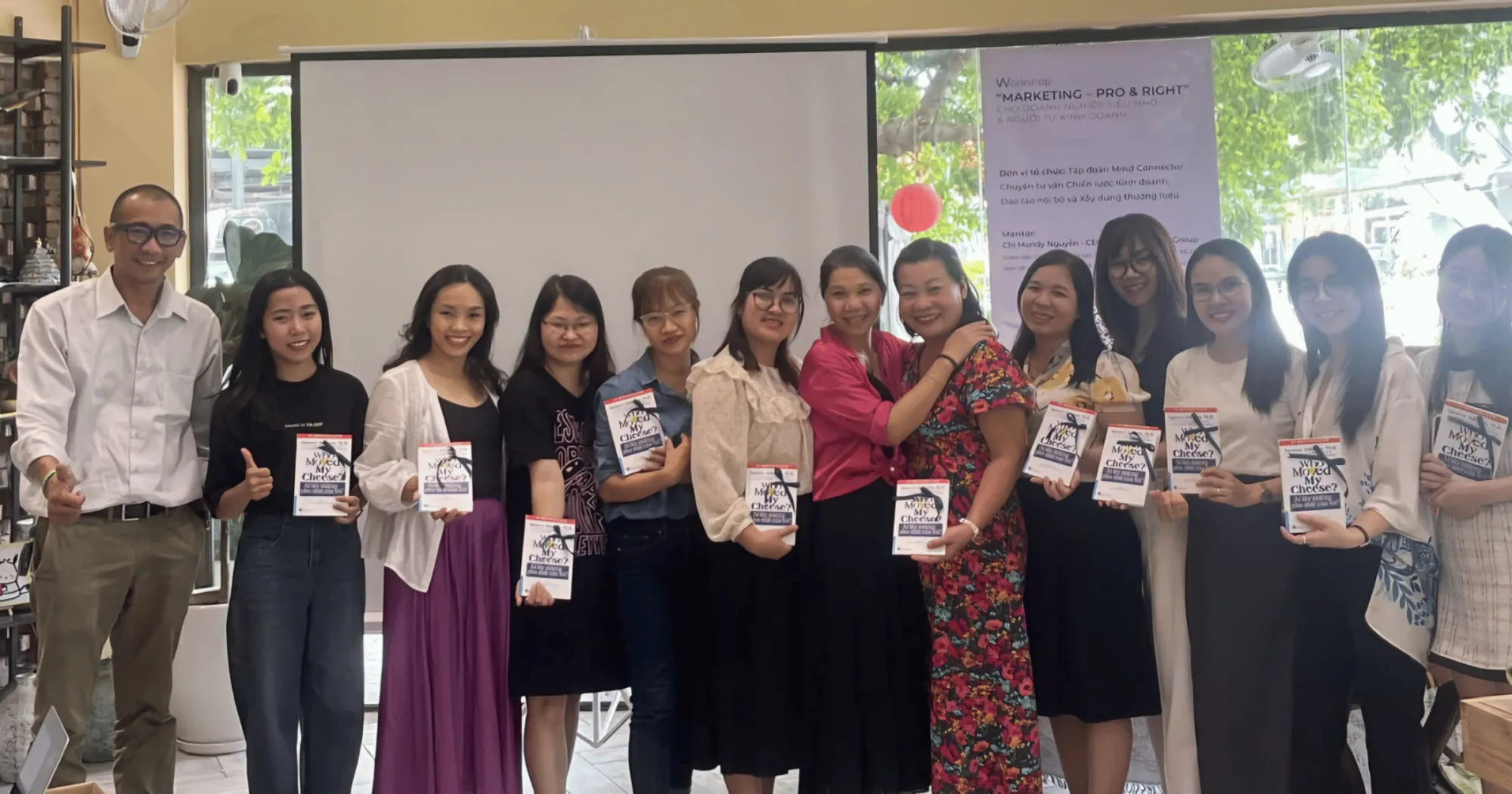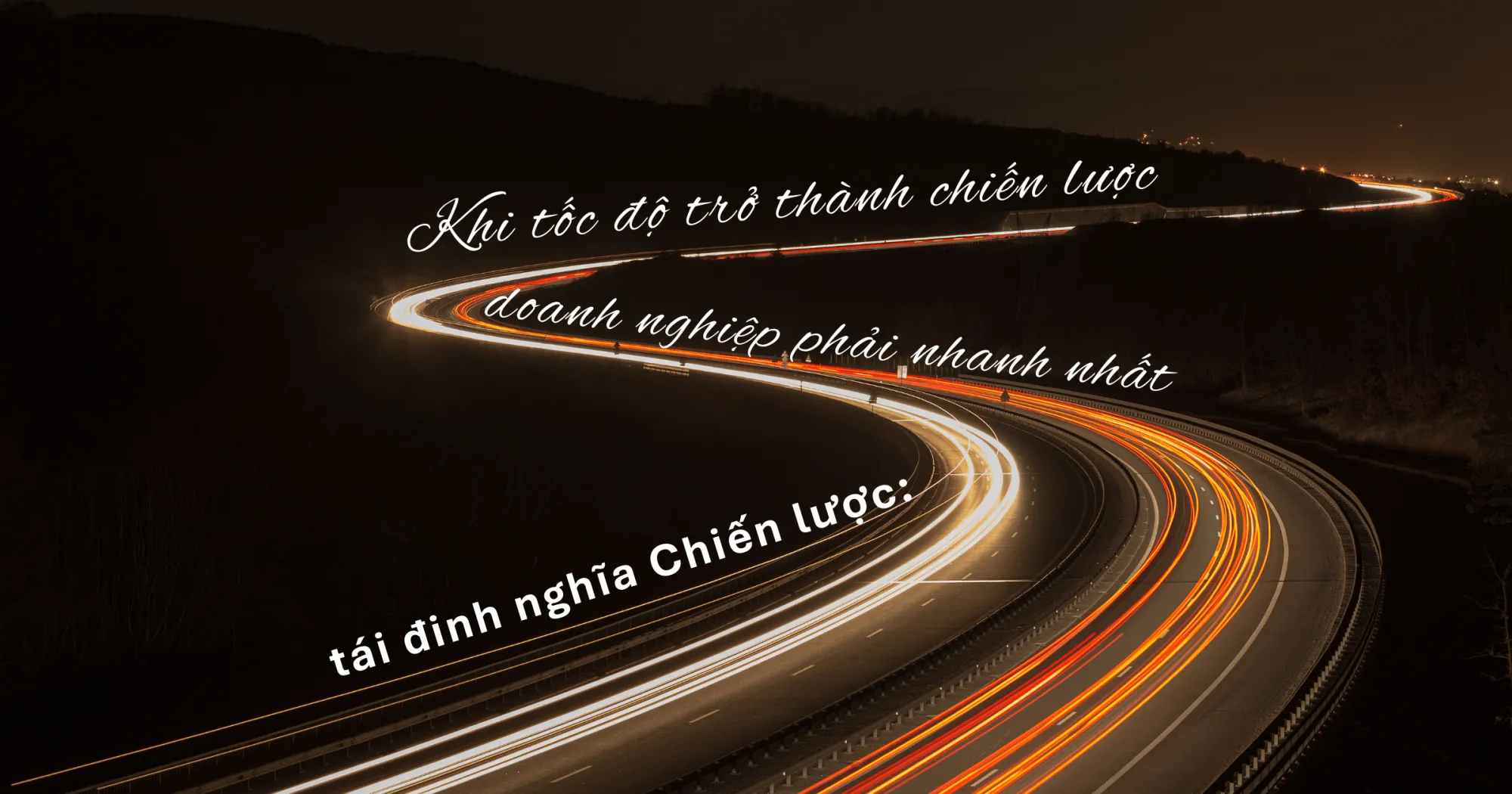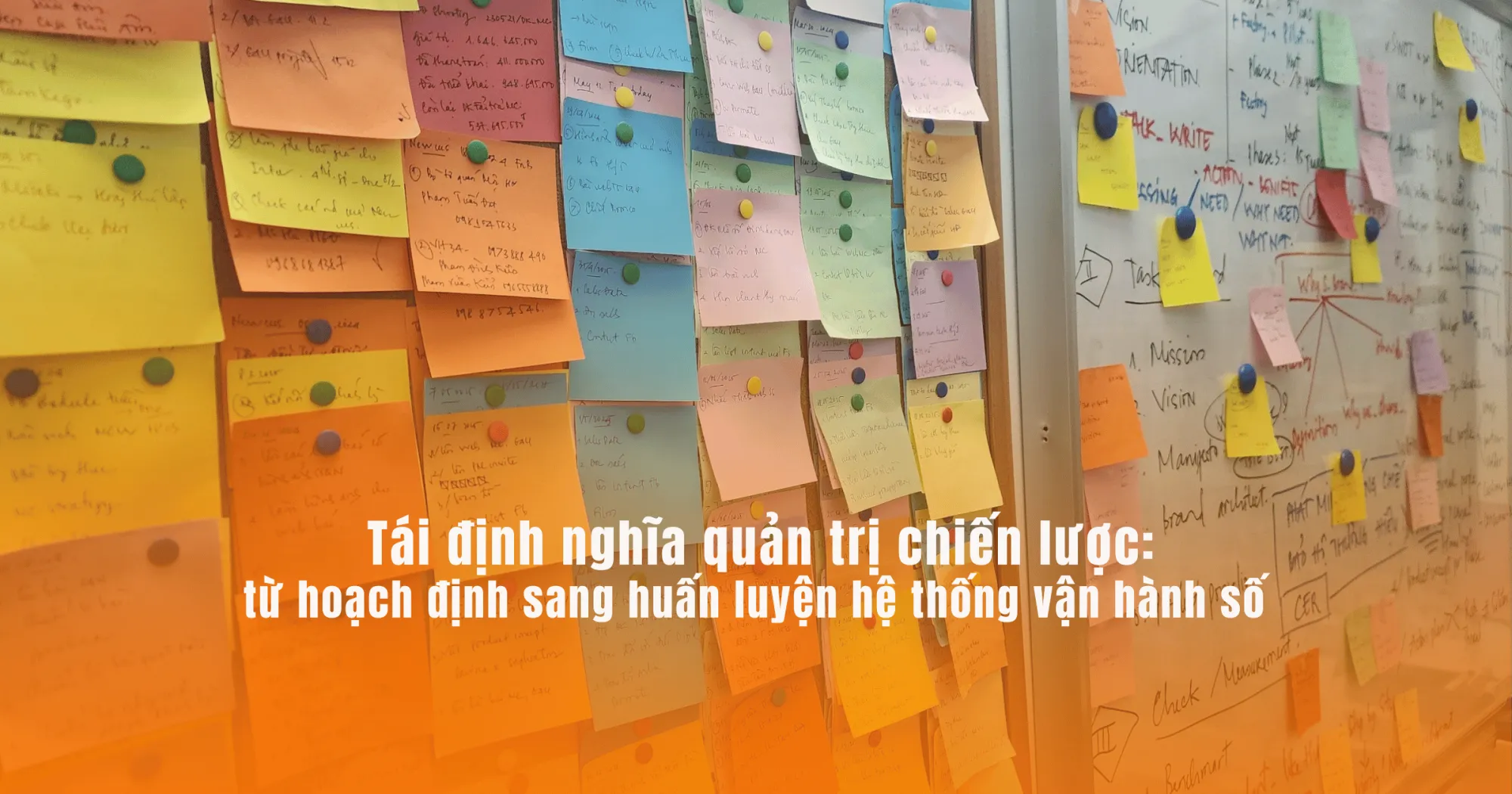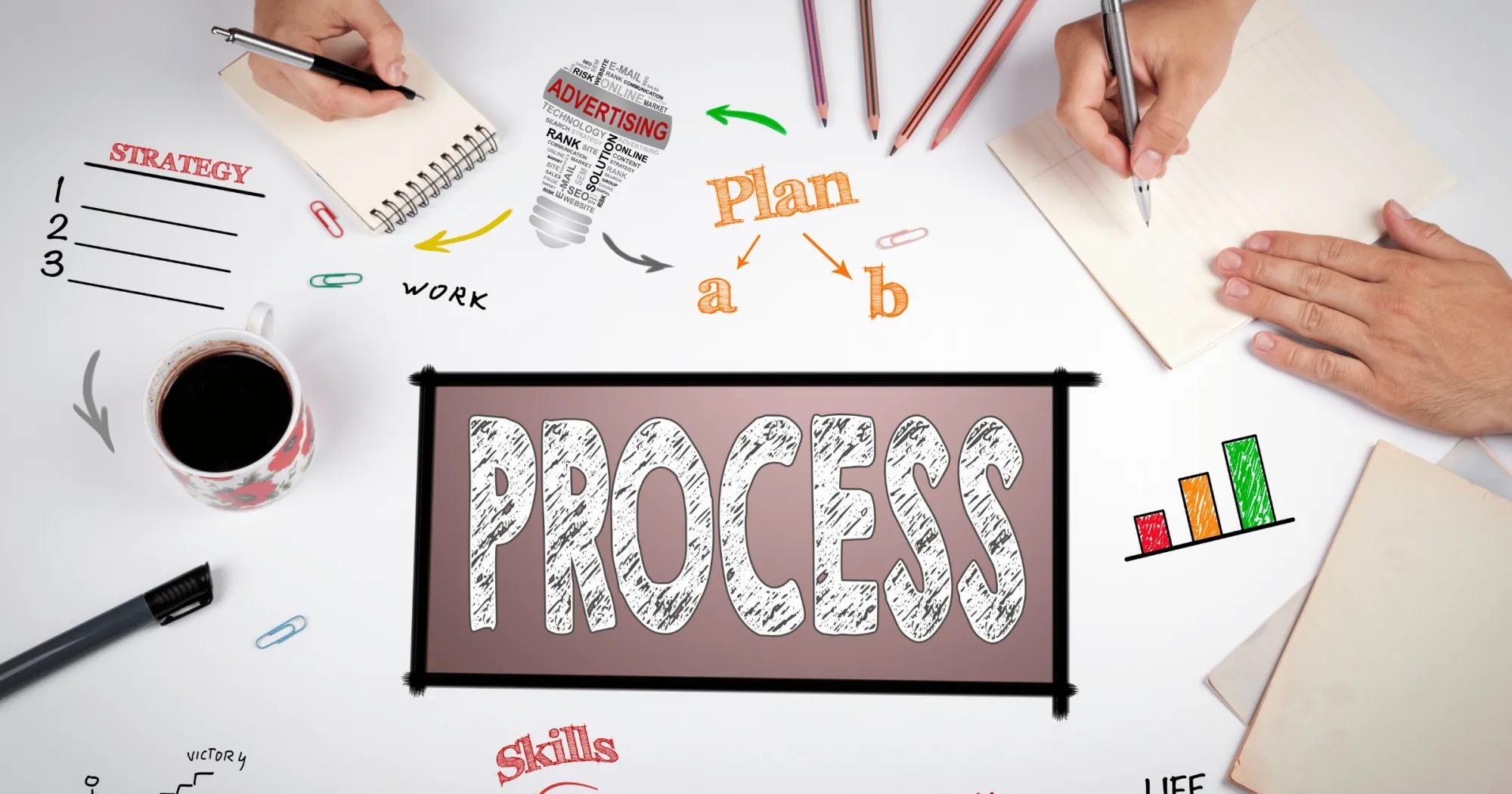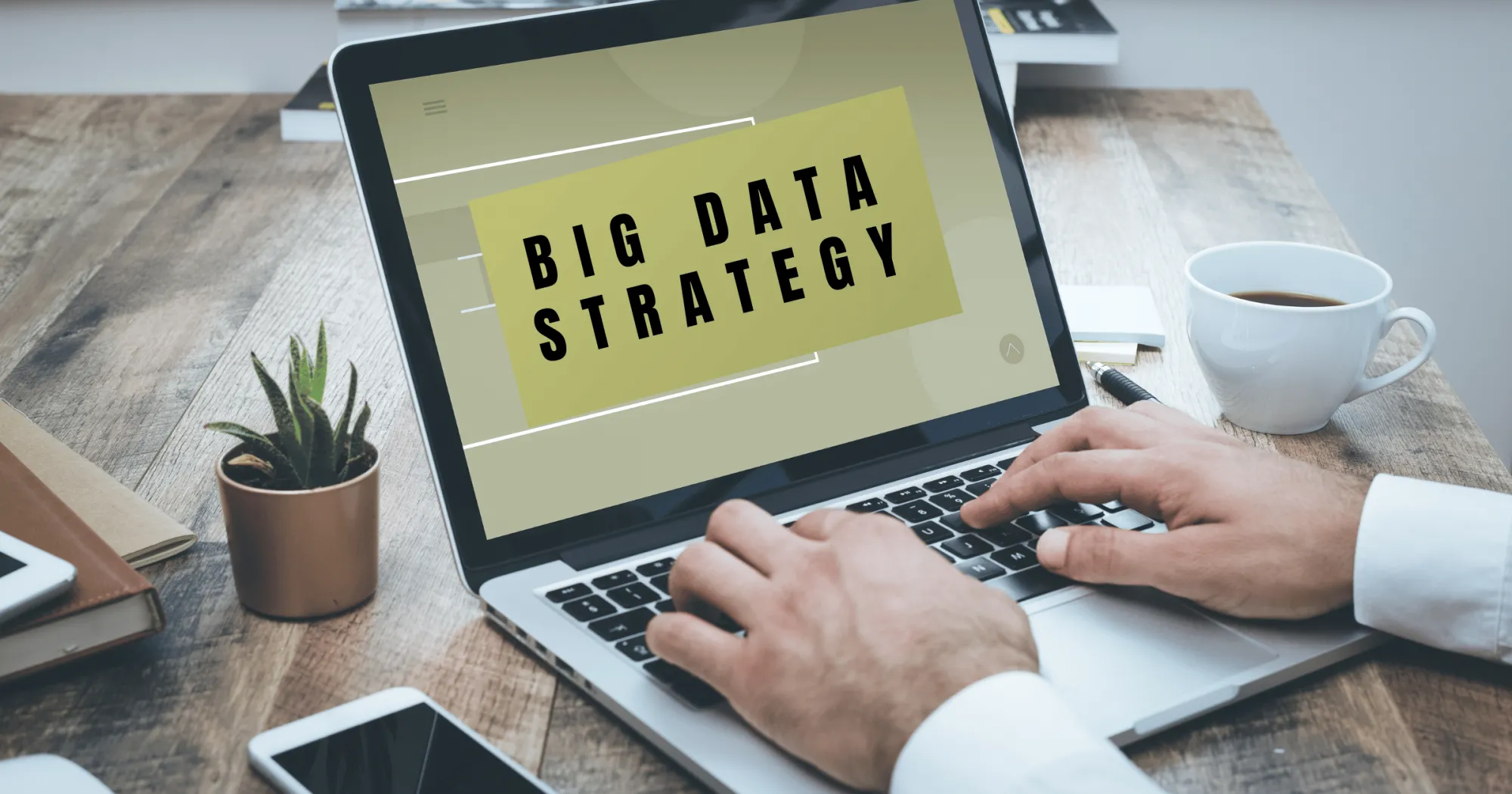After the corporate event, everything is just a memory?
Every year, businesses are busy with a series of large and small events: anniversary celebrations, new product launches, revenue milestones, kick-off parties, year-end parties, New Year parties… These are important occasions to affirm brand position, create internal motivation and build relationships with partners and customers.
However, the reality is: No matter how grand the event is organized, its effects often only last for a few days, even a few hours, and then gradually fade into oblivion. Why is that? And what do professional marketers need to do to make event communication truly bring long-term value?
Common Mistakes When Deploying Event Communications
a) Focusing Too Much on Form, Forgetting Strategy
Many businesses invest heavily in superficial elements such as splendid stages, famous guests, epic scripts… but lack a systematic communication plan before – during – after the event. As a result, when the event is over, everything “goes by”.
Tip: Don’t let an event be just a moment. Build a consistent story and define your core message from the start. This helps all communications revolve around the main story, increasing reach and long-term recall.
b) No Pre-Event Communications Plan
Many marketing teams or personnel only focus on the day of the event, forgetting that success begins with “warming up” attention beforehand. The lack of activities that create curiosity makes it easy for even the largest event to be missed.
Tip: Implement teaser content (short introduction), countdown time, interview key participants… These activities help create excitement and arouse public interest.
c) Lack of Connectivity and Interaction in the Event
A common mistake is to consider the event as just a “performance” – that is, the business speaks and the guests listen. This makes the event boring and difficult to leave a deep impression on the attendees.
Tip: Increase direct interactive activities such as mini-games, Q&A, check-in with hashtags, voting… so that attendees feel like they are a part of the event.
d) No Follow-Up and Post-Event Engagement
After the event is over, many businesses do not do anything to maintain the impact. This causes the emotions and important messages to fade quickly.
Tip: Use the post-event period to continue to maintain engagement. For example, send thank you emails, share recap videos, behind-the-scenes articles, or conduct attendee surveys.
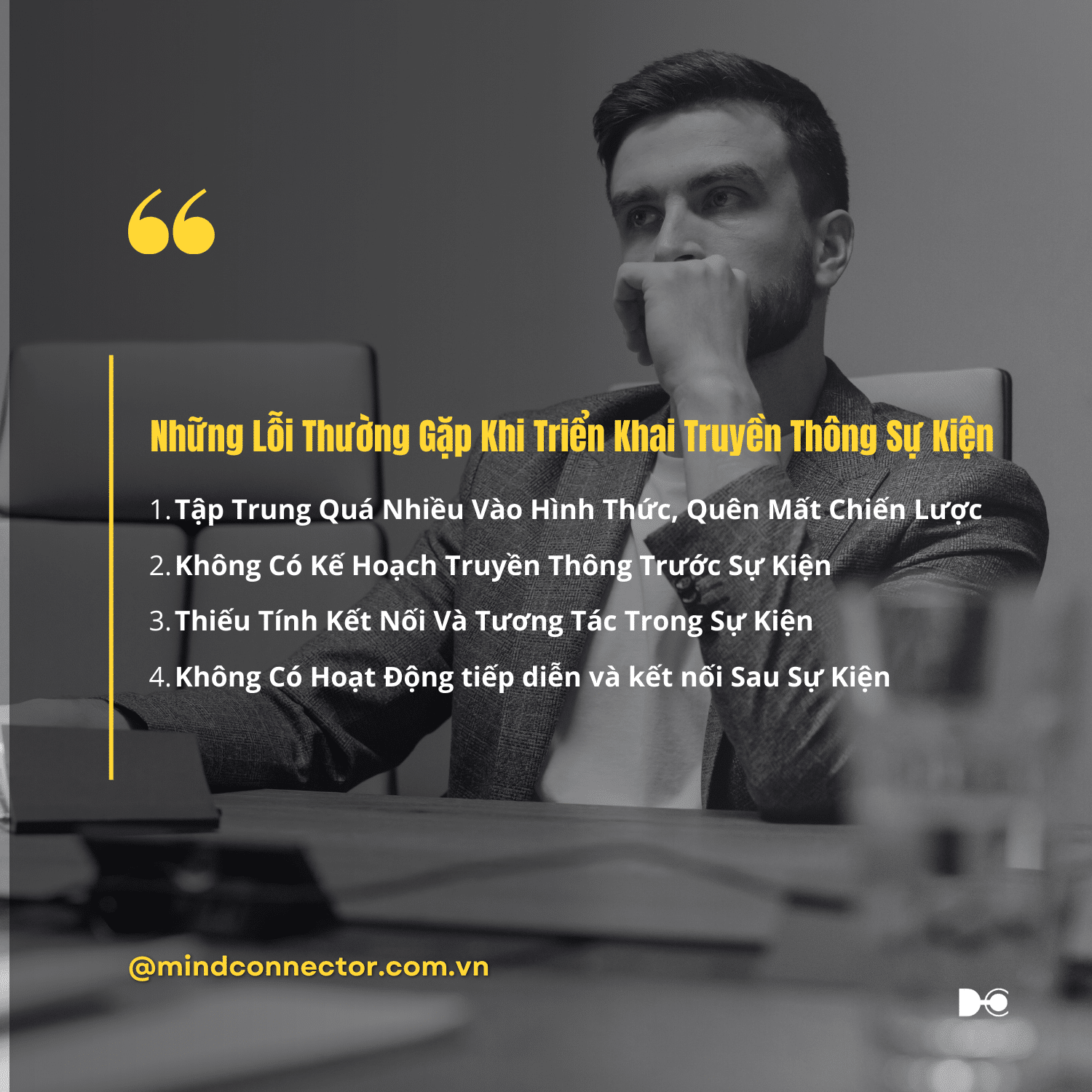
2. How to Optimize Event Communications Systematically
a) Build a 3-Phase Plan
A successful event is always “guaranteed” by a clear three-phase communication strategy:
- Before the event: Create curiosity with attractive content, introduction videos, countdowns. Encourage interaction through online activities such as games, sharing hashtags.
- During the event: Promote livestreaming to expand influence. Create direct interactive activities to help guests have memorable experiences and spread content through social networks.
- After the event: Summarize content, share memorable moments, send thanks and continue to maintain connections through post-event activities.
b) Turn the Event into a Memorable Story
Don’t just talk about numbers or achievements. Tell a personal story: the development journey, the difficulties overcome, the future vision… A real story will create emotions, helping the event to be remembered longer.
c) Make the Most of Digital Technology
Social media is a powerful tool for spreading your message. Create hashtag campaigns, leverage livestreams, highlight videos, or use AR/VR to create new, memorable experiences.
d) Invest in Post-Event Relationships
Events are touchpoints, but relationships are long-term value. Continue to stay connected with guests and partners through nurturing activities, sending in-depth content, or hosting small, engaging events.
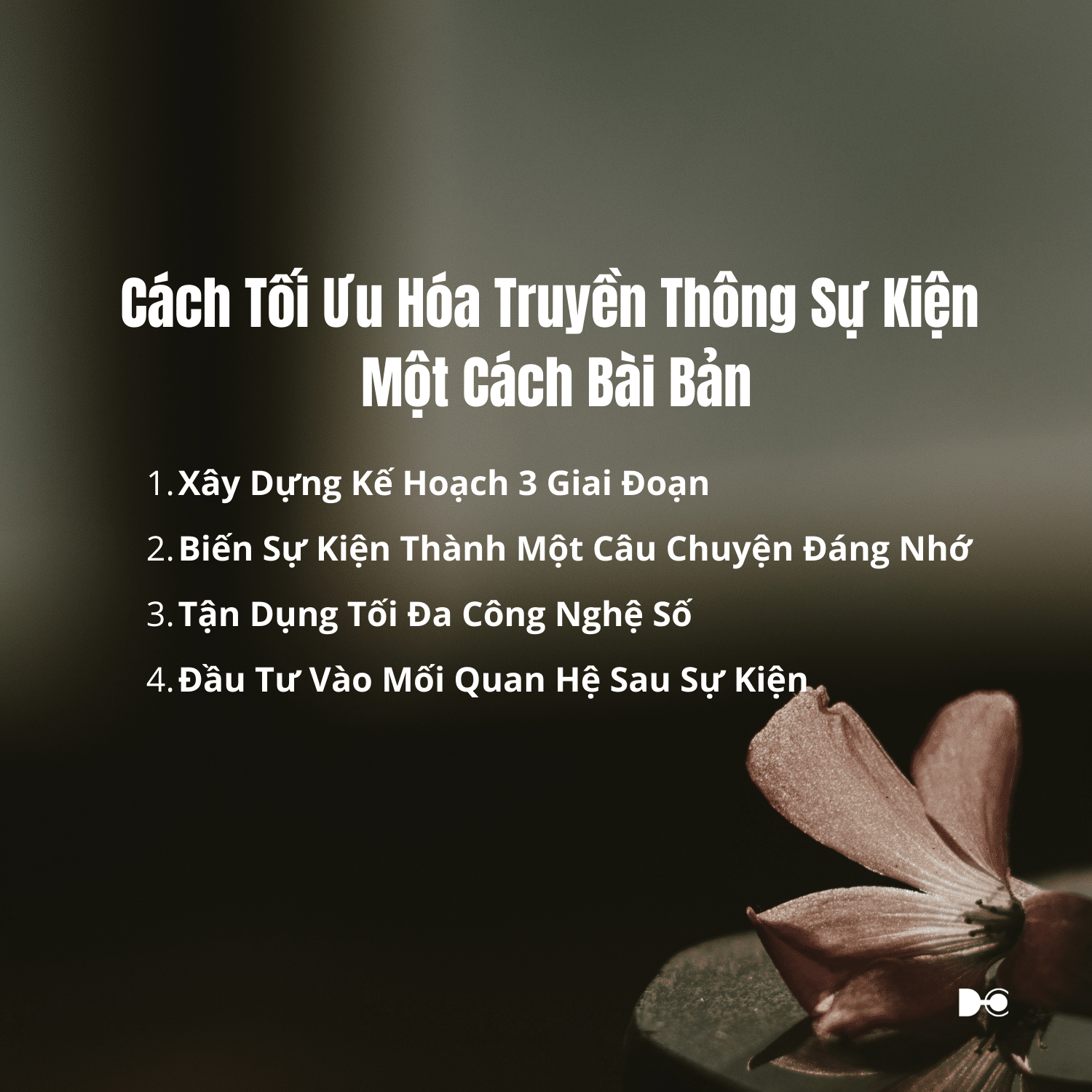
3. Successful Examples of Event Communication
- VinFast Electric Vehicle Launch Event: VinFast used livestream, video teasers, and stories about the research and production process to strongly spread the message of “Pride of Vietnam”.
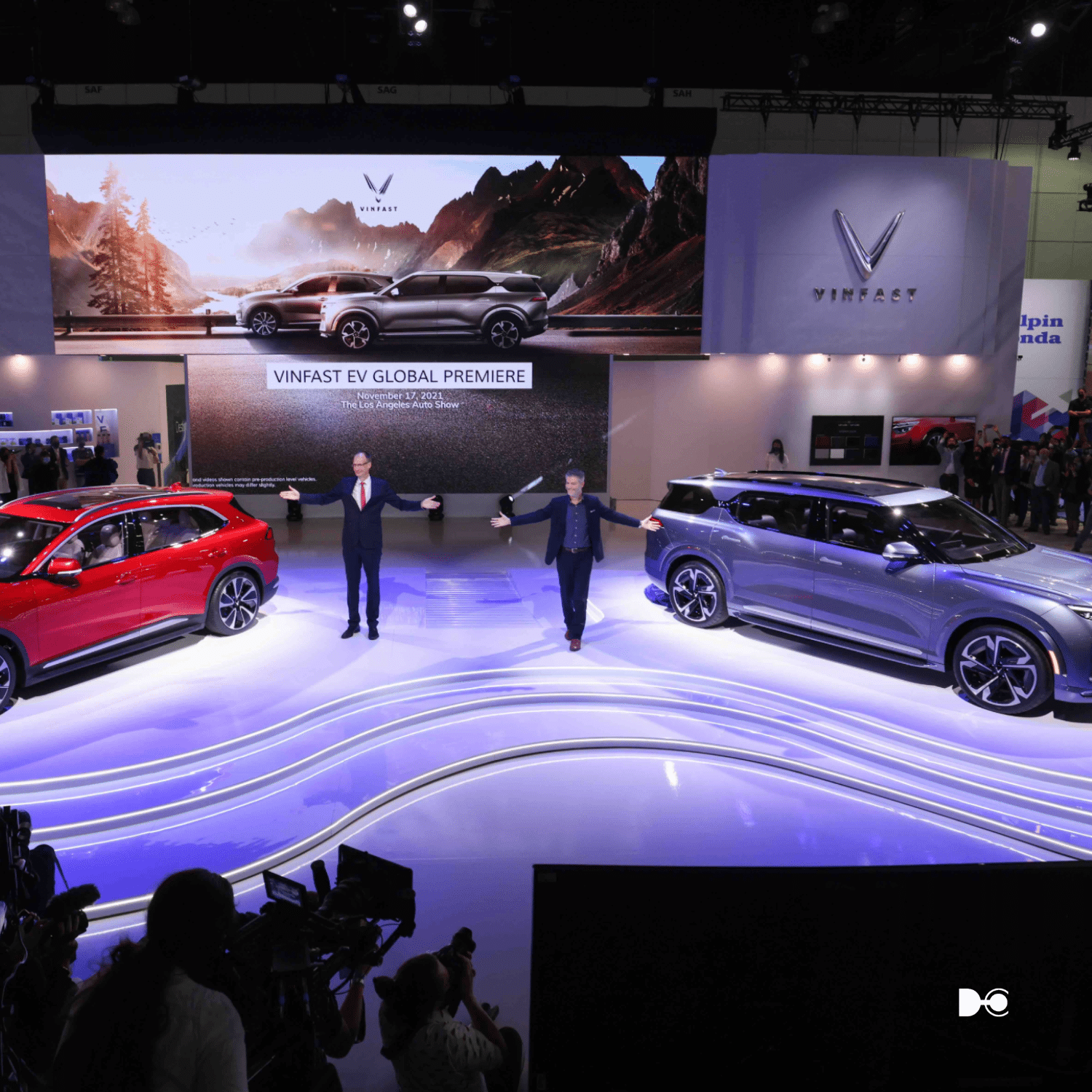
- Annual event: DK Bike Customer Conference. DK Bike uses the event as a customer appreciation event, an opportunity to experience new products and introduce new business goals.
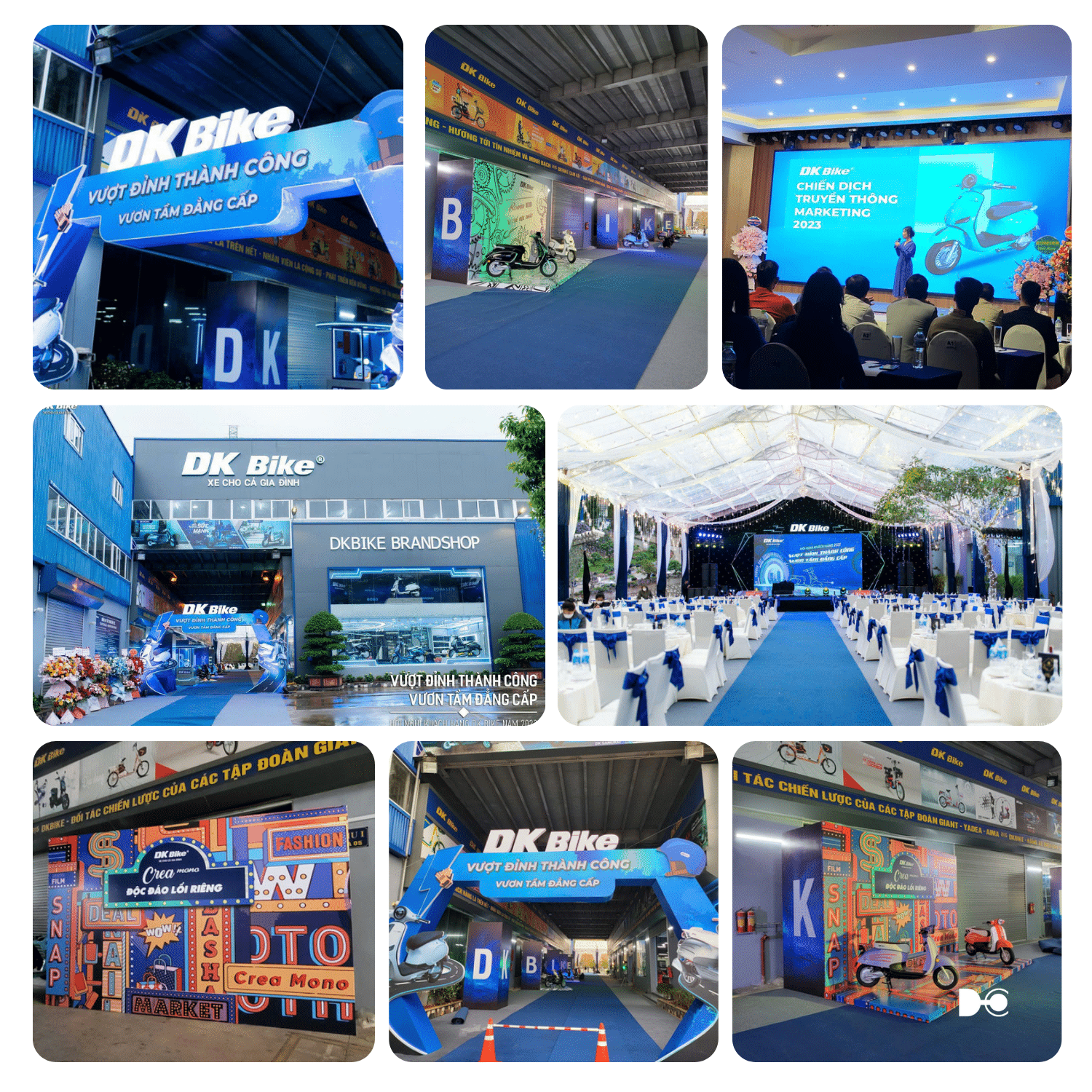
4. Conclusion
Event marketing is not just about creating a moment of explosion, but more importantly, maintaining and extending the value of the event. Professional marketers need to avoid common mistakes and focus on long-term strategies so that each event becomes a memorable milestone and has a profound impact on the brand. After all, a successful event is not the most spectacular event – but the event that lasts the longest in the minds of attendees.

